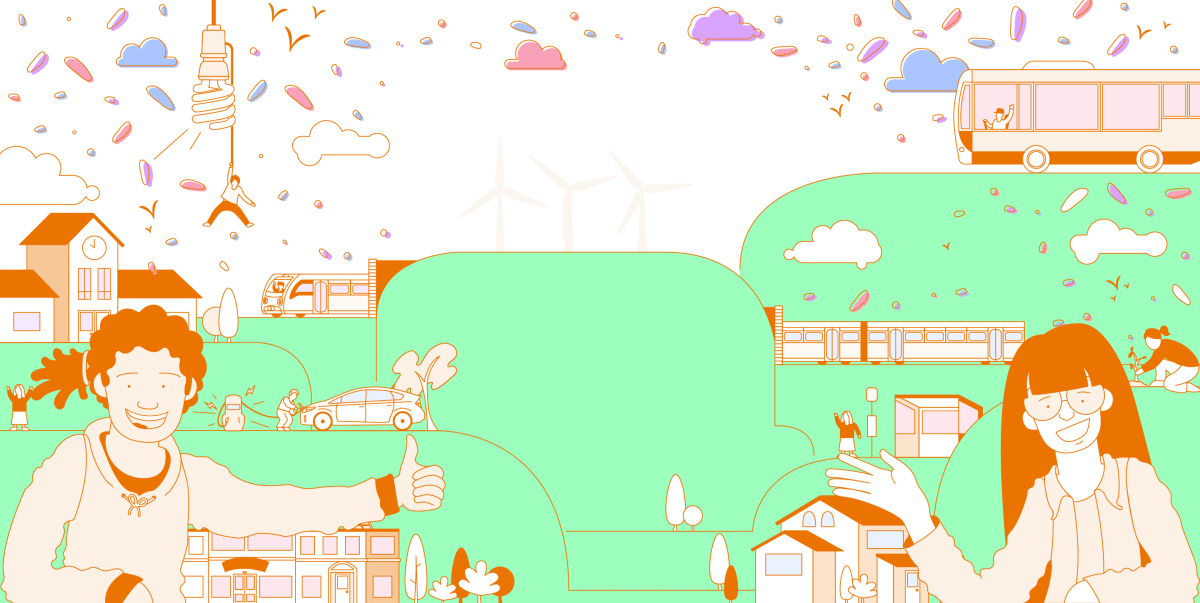Time to find out what NZ really wants, and needs [Newsroom, 23/03/21]

The New Zealand Infrastructure Commission, Te Waihanga, has just launched a six-week “Aotearoa 2050” campaign to get New Zealanders to think about what they want their country to look like in 2050. Sounds deadly dull. A glass of wine on the beach, the latest episode of RuPaul’s Drag Race, or complete Te Waihanga’s survey about infrastructure priorities? Do the survey (you can access it here). It might just be the most important thing you do for your grandchildren this year.
In May 1985, then British Prime Minister Margaret Thatcher gave a speech to the Conservative Women’s Conference.
“You might have heard a lot lately about ‘infrastructure’—the new ‘in’ word,” Thatcher told delegates. “Some of you might even ask exactly what it is. You and I come by road or rail. But economists travel on infrastructure.”
Too true.
New Zealanders have got their dose of infrastructure over the past few months. Geysers in the streets of Wellington, lead in the water in Otago, some of the most gridlocked cities in the Asia-Pacific, hospitals struggling with asbestos and earthquake risk, homes increasingly unaffordable all over the country.
But there have also been successes. By and large, our electricity network works so well we often forget that it didn’t used to. Auckland’s CBD was without power for five weeks in 1998 when several past-their-use-by-date cables failed. Power and lines companies scrambled to upgrade the network but there were spasmodic failures in Auckland and Northland over the next decade.
Broadband and telecommunications have also been stand-out infrastructure performers over the past few years. The Commerce Commission’s annual telco sector report, released this month, notes $15.7 billion of investment over the past 10 years, including $2 billion since 2009 in rolling out fast broadband.
New Zealand ranks third out of 170 countries for our mobile network and services, according to a global industry study; we rank twelfth in the OECD for broadband download speeds.
When Covid-19 locked us out of our workplaces, shops, schools and social networks, the mobile and fibre networks were a lifeline. These days, many of us find it just as easy from a technological point of view to work from home – or from “elsewhere” – as to be in the office.
One of Te Waihanga chief executive Ross Copland’s favourite definitions of infrastructure is “that which is unseen until it is unavailable”.
“You know, as soon as the power goes off, as soon as you can’t drink your fresh water out of the tap, as soon as you’re stuck in traffic, as soon as there’s a major earthquake and you lose services, you start to think a lot more about this stuff,” he says.
“We want to be able to swim at the beach and not be worried every time it rains that septic waste is flowing out into the harbour. We want to be able to get home to read to our kids at night and not be stuck in traffic.”
Copland is head of the body tasked by the Government with “lifting infrastructure planning and delivery to a more strategic level and, by doing so, improving New Zealanders’ long-term economic performance and social, cultural and environmental wellbeing”.
Just a small task.
This week the commission launches ‘Aotearoa 2050’ – an online survey for everyone in New Zealand to think about what they want the country to look like for their children and grandchildren. The survey will be live for six weeks and is one of the first steps on the commission’s process of developing a 30-year infrastructure strategy, to be tabled in Parliament in early 2022.

The aim of this stage of the project is to find out from New Zealanders what their concerns are around infrastructure, where failure hits them hardest, what their priorities are, and what legacy they want to leave for their kids and grandkids, Copland says.
“There is so much that could be done that we could easily spend New Zealand’s GDP in any particular area of infrastructure, lifting its performance,” Copland says. “So we want to make recommendations back to Government about the things that are most important, what people want to do first and the order of events.
“Are New Zealanders more worried about resilience and climate change effects, for example? Or are they more worried about the short term issue of how do I get to work on time when my motorway is so congested?”
The Aotearoa 2050 survey
It starts with a questionnaire, open to all New Zealanders and available here. The questions are a mix of sections asking people to rate certain statements: “It takes too long to get around our cities – very important, important or not important”, for example.
Then there are ideas floated for comment: “We could enable people to live closer to their work… by doing things like fitting more people into our cities by developing taller buildings that multiple people could live in, freeing up new land to build upon and by making it faster and easier to build new houses – definitely, maybe, no”.
And there are questions about priorities: Should we prioritise the planet, people or jobs when it comes to decisions about ensuring we have safe and reliable drinking water for example.
As well as transport and water the questionnaire covers electricity, schools and hospitals, and technology; another section looks at resilience, growth, security and climate change.
 Protect Wanaka
Protect Wanaka 
